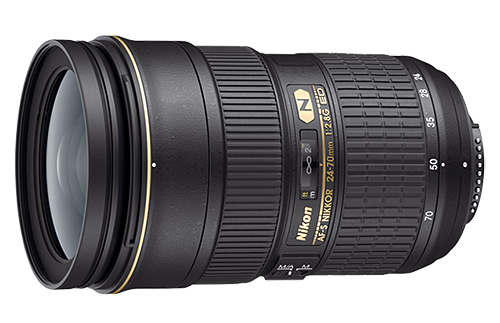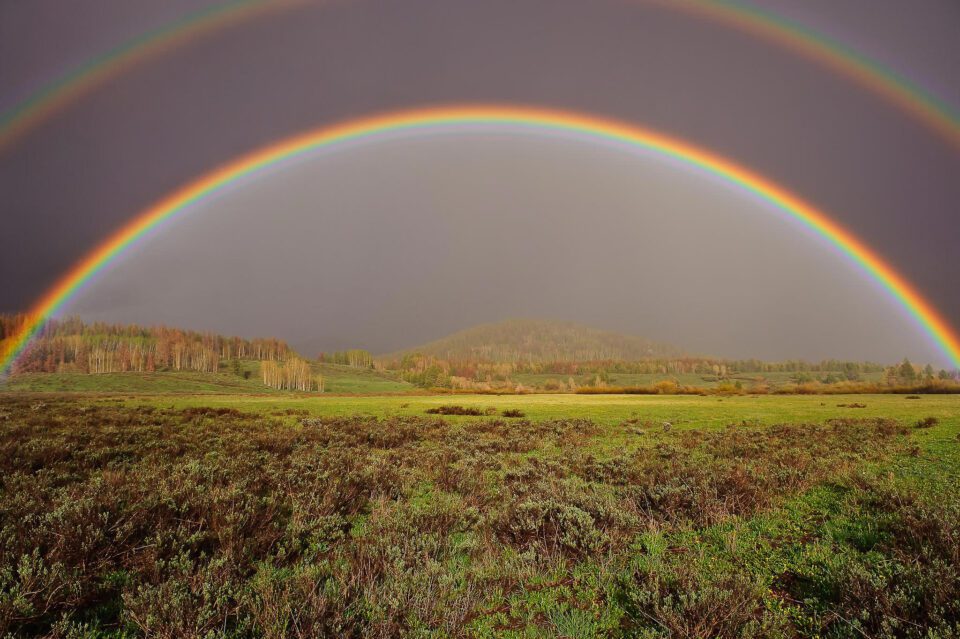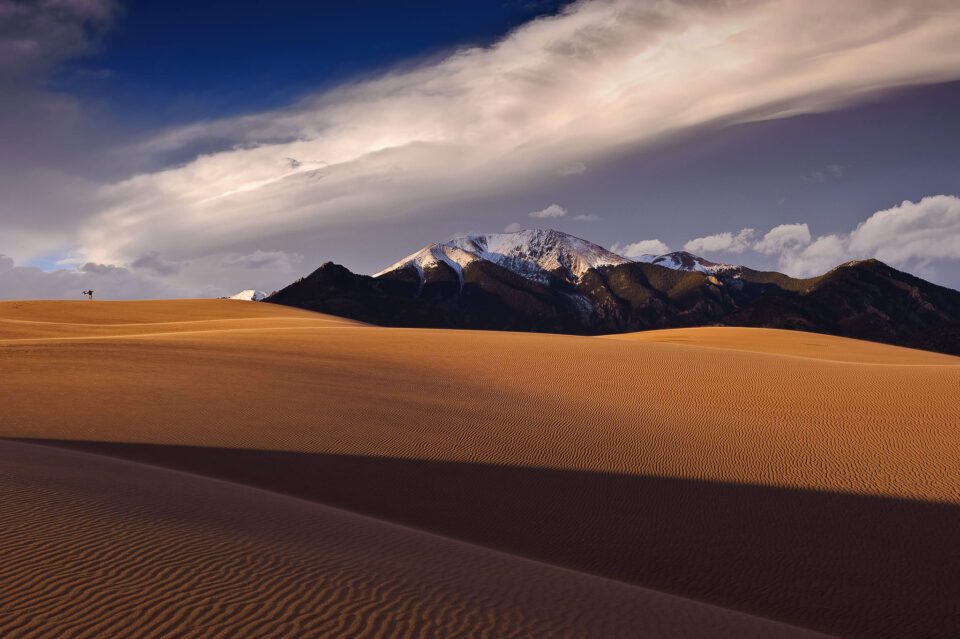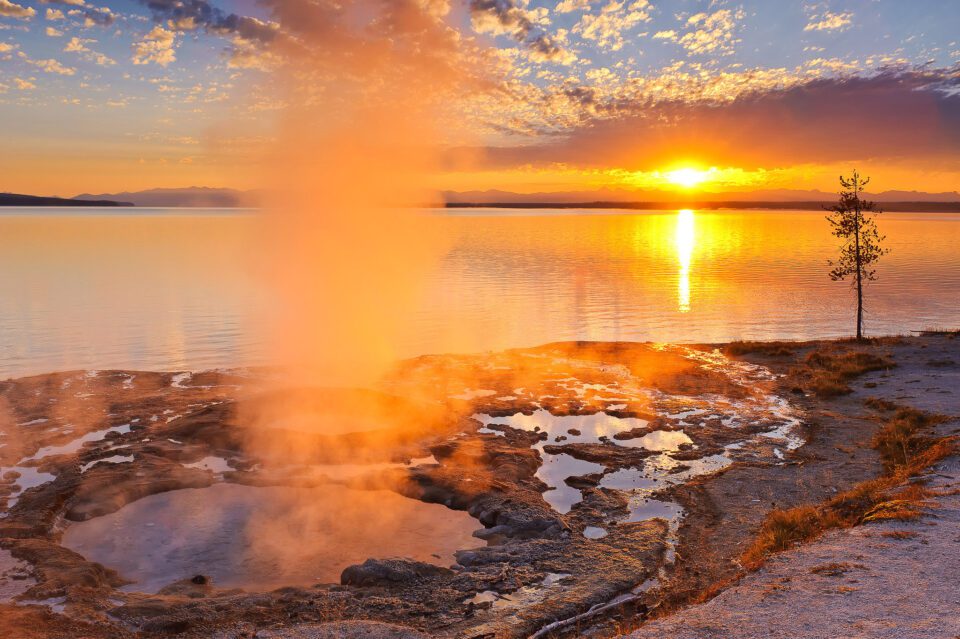This is an in-depth review of the Nikon 24-70mm f/2.8G ED lens that was released back in August of 2007 together with the 14-24mm f/2.8G ED lens. I have owned a number of different copies of the Nikon 24-70mm for many years, pretty much from the day the lens was announced and I have probably spent the most amount of time in the field shooting with this lens. Since it is a workhorse pro-level lens, I have used it for many different types of photography – from portraiture to landscapes. I have used it in hot summer days and freezing sub-zero temperatures; carried it from wet and humid climates to dry and dusty environments. Throughout many years of use and abuse, the 24-70mm f/2.8G ED has never let me down, so overtime, it became one of my most used Nikkor zoom lenses in my arsenal.
NOTE: This review has been updated with the latest data and images in preparation of the upcoming Nikon 24-70mm f/2.8E VR review, which I will post by the end of the week! I apologize for delaying the 24-70mm f/2.8E VR review for so long, but now that I have tested 4 different samples, I have all the information I need to complete the review. The Nikon 105mm f/1.4E review will be the next in line after that.

1) Lens Overview
The AF-S NIKKOR 24-70mm f/2.8G ED lens is a truly versatile lens that can be used for many different kinds of photography needs – from wide-angle landscapes and panoramas, to portraits and events. With its constant aperture of f/2.8 (meaning the aperture does not change while zooming) and state of the art optics, the lens is targeted towards enthusiasts and professionals, who work in various conditions and need exceptional sharpness, color and contrast in their images – something the Nikon 24-70mm f/2.8G is made to deliver. It replaced the older Nikon 28-70mm f/2.8D lens and its optics were completely redesigned for superior performance and extra coverage on the wide-end. Featuring 15 lens elements in 11 groups, 3 out of which are ED (Extra-low Dispersion) glass elements that reduce chromatic aberration and increase sharpness, the lens is a heavyweight monster weighing a whopping 31.7 oz. (900 grams), which is heavier than many Nikon DSLRs! In addition to the Silent Wave Motor (SWM/AF-S) that provides fast, accurate and quiet auto focus, the Nikon 24-70mm f/2.8G also features Nano Crystal Coating technology, which helps reduce ghosting and flare. When it comes to weather sealing, the 24-70mm f/2.8G is designed to be well-protected against dust, moisture and tough weather conditions (see more under the lens handling section on the next page).
Along with the Nikon 14-24mm f/2.8G, the Nikon 24-70mm f/2.8G was specifically made for earlier FX (full-frame) DSLR camera bodies like Nikon D700/D3/D3s/D3x, but it also works quite well on most modern high-resolution DSLR cameras such as the Nikon D750 and D810. Along with the Nikon 14-24mm f/2.8G and the Nikon 70-200mm f/2.8G VR II, it used to represent Nikon’s “Trinity” of lenses, until it got replaced by the image-stabilized Nikon 24-70mm f/2.8E VR. Just like other Nikon full-frame lens, the 24-70mm works well on any DX camera, although with a crop factor of 1.5x (which makes it equivalent to 36-105mm in field of view), it might feel a bit too long on the wide end.
As I have pointed out earlier, throughout the years of owning a number of different copies of the lens, the Nikon 24-70mm f/2.8G used to be my #1 workhorse lens for my photography needs. Whether I shot weddings, events or landscapes, I would not leave my house without it. Although I have used a wide array of different lenses, no other lens saw as much use as the 24-70mm. The primary reason is its versatility. Thanks to its very useful focal length range, along with a large maximum aperture of f/2.8, it worked out great for photographing many different types of subjects. Zoomed into 50-70mm, it also served me well as a portrait lens, thanks to its ability to beautifully render out of focus areas. So besides being my top travel and landscape photography lens, the Nikon 24-70mm f/2.8G saved me a few times during various photo sessions both in studio and outdoors environments.
In terms of optical performance, the Nikon 24-70mm is a superb performer, providing sharp and contrasty images, especially once stopped down. It has its issues for sure, whether it comes to significant levels of distortion and vignetting, or poor corner performance at large apertures, thanks to the rather heavy field curvature issues (as explained in the next pages of the review). It is a big and heavy lens, which can make it challenging to handle, particularly for those, who have problems with their hands, shoulders or backs. It is primarily because of my carpal tunnel that I decided to sell my copies of the 24-70mm f/2.8G and move down to the lighter and slightly more versatile (in terms of focal length) 24-120mm f/4G VR. However, thanks to its amazing build quality, the lens is made to last a lifetime – it can take a lot of beating in the field and it can survive all kinds of weather and environmental conditions.
2) Lens Specifications
Main Features:
- Fast, wide-angle to medium Telephoto AF-S zoom lens optimized for edge-to-edge sharpness on both the Nikon FX (23.9 x 36mm) and DX format image sensors.
- Two Extra-low Dispersion (ED) elements and PGM aspherical lenses control chromatic aberrations while enhancing sharpness and contrast, even at the widest aperture settings.
- Nikon’s Silent Wave Motor (SWM) enables ultra high-speed auto focusing with exceptional accuracy and powerful, super-quiet operation.
- Focus as close as 14.9 inches.
- M/A focus mode switch enables quick response to changing situations between manual and auto focus operation.
- Enhanced optical formulas engineered to produce exceptional sharpness, contrast and color, rendering outstanding image integrity.
- Exclusive Nano Crystal Coat further reduces ghosting and flare for even greater image clarity.
- Internal Focus (IF) provides fast and quiet auto focusing without changing the length of the lens, retaining subject-working distance through the focus range.
- Rugged construction with professional-grade dust and moisture resistance.
Technical Specifications:
- Mount Type: Nikon F-Bayonet
- Focal Length Range: 24-70mm
- Zoom Ratio: 2.9x
- Maximum Aperture: 2.8
- Minimum Aperture: 22
- Maximum Angle of View (DX-format): 61°
- Minimum Angle of View (DX-format): 22° 50′
- Maximum Angle of View (FX-format): 84°
- Minimum Angle of View (FX-format): 34° 20′
- Maximum Reproduction Ratio: 0.27x
- Lens (Elements): 15
- Lens (Groups): 11
- Compatible Format(s): FX, DX, FX in DX Crop Mode, 35mm Film
- Diaphragm Blades: 9
- Distance Information: Yes
- Nano Crystal Coat: Yes
- ED Glass (Elements): 3
- Aspherical (Elements): 3
- Super Integrated Coating: Yes
- Autofocus: Yes
- AF-S (Silent Wave Motor): Yes
- Internal Focusing: Yes
- Minimum Focus Distance: 1.2ft.(0.38m)
- Focus Mode: Auto, Manual, Manual/Auto
- Filter Size: 77mm
- Accepts Filter Type: Screw-on
- Dimensions (Approx.): 3.3×5.2 in. (Diameter x Length), 83x133mm (Diameter x Length)
- Weight (Approx.): 31.7 oz. (900g)
- Lens Case: CL-M3
- Lens Hood: HB-40
- Supplied Accessories: LC-77 77m snap-on front lens cap, LF-1 rear lens cap, HB-40 Bayonet Hood, CL-M3 Semi-soft Case
Detailed specifications for the lens, along with MTF charts and other useful data can be found in the Nikon AF-S NIKKOR 24-70mm f/2.8G ED page of the lens database.
The post Nikon 24-70mm f/2.8G Review appeared first on Photography Life.
from Photography Life https://photographylife.com/reviews/nikon-24-70mm-f2-8g




No comments:
Post a Comment